So here’s several reasons why a handmade item should always be a little more in cost than a store-bought item:
Firstly, items that are mass-produced are going to have a lower cost, because the manufacturer buys supplies in bulk, and so gets a price discount on these supplies. A person making a few items will be paying more for their raw materials, because they aren’t buying hundreds of yards of fabric at one shot. Of course, a lot of us are rabid bargain shoppers, but we still can’t reach the price break these large companies can achieve.
Secondly, cost of labor is going to be higher for handmade goods. Mass-produced items that are imported are going to be cheaper to produce because their employees are working for a lower wage. Even with so called “Fair Trade” items, the pay per hour is most likely going to be less than what your neighbor who makes those adorable baby booties would consider reasonable or livable.
Thirdly, looking at mass produced versus one of a kind, factory assembly lines are always going to be more efficient, so even if all the other factors (cost of goods and labor) are the same, the time to produce an item is going to be less, so labor costs will be less.
Here's another thing to consider, when trying to decide whether the lower-cost mass-produced item is the better bargain. I'm sure you're aware that there is a cost mark-up that occurs every time a component or finished goods goes through another set of hands. The makers are going to figure a profit margin into their cost of goods. An item then goes to a distributor or importer, who needs to make money on the transaction, so the cost goes up again. The retailer then buys it and marks it up again. So the amount of money for the materials and labor isn’t actually accurately reflected in the price, because of the number of additional hands it has passed through in order to reach the shelves. This means that mass-produced items are usually made with the cheapest raw materials, so it will survive the mark-ups and still hit the market at an affordable price. So even though it seems like a bargain, spending a bit more for a hand-crafted item will pay off in the long run.
You can argue about the overhead to build and maintain a large manufacturing facility, but look at the percentage produced there versus the home business, where they still have to buy the equipment they need to make their items, sewing machines, wood-working tools, paintbrushes, solder guns, paper-making presses, and all the other myriad bits we use in our daily operations. Home businesses still have to pay the electricity to light their workspaces and run their machines, and they’ll maybe have the heat turned up a bit higher than normal perhaps to keep the hands flexible while working. So there’s not much in the way of savings in this department for the independent business.
Why buy handmade, then? Why spend the time wandering a craft fair or searching a hand-made craft website when you can just go to the store and probably pay less?
Well, going to that craft fair means you’re supporting a local artist and local industry (local sometimes being keeping it in the country, but still!), getting an item that is a limited run or maybe even one of a kind, and finding a unique gift for someone instead one of a mass produced run of thousands. You have a wider variety of selection. Plus, you know that the money you spend on that item goes directly to the maker, and the cost is accurately reflected in the materials and time you spend into it, without all the additional mark-ups that a retail item gathers. That means you are probably getting a higher quality item for a slightly higher cost than the store-bought gift.
So, are these reasons enough to convince you? I, and all my fellow artists and crafters hope so. We’ll be out there, peddling our handmade wares. Come find us!
Here’s a few examples of wonderful hand-made items:
My own Cinnabar Heart & Pearl Earrings:
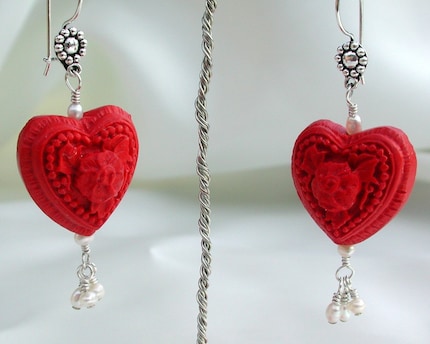
Hand-Embroidered Pink Giraffe Blankie, by ncleveland:
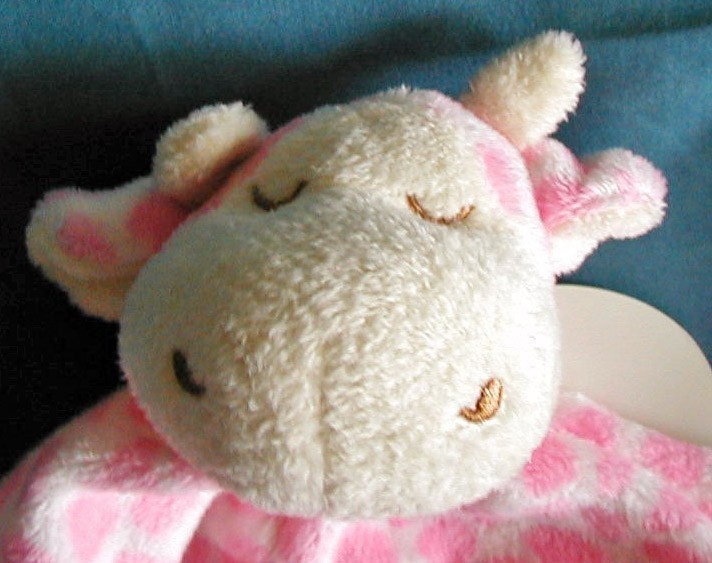
Machinist Earrings, by Insectus:
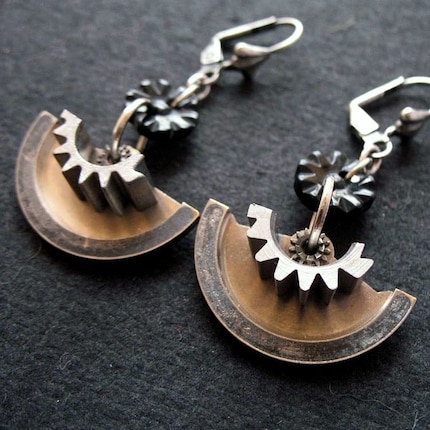
Fused Pear Branch glass votive candleholder by Susanna Price

Leaves painted on ecru silk satin scarf, by OwenArt:
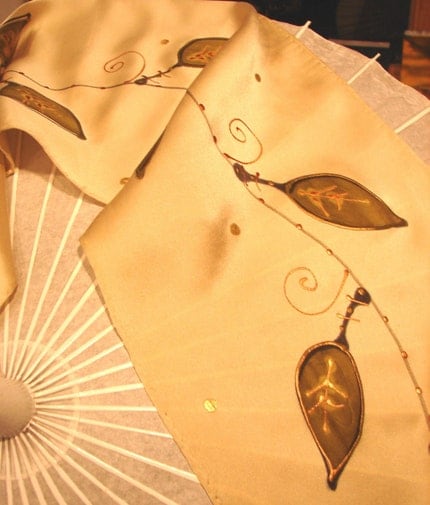
Engraved Teardrop Necklace, from Art Made by Tammy:
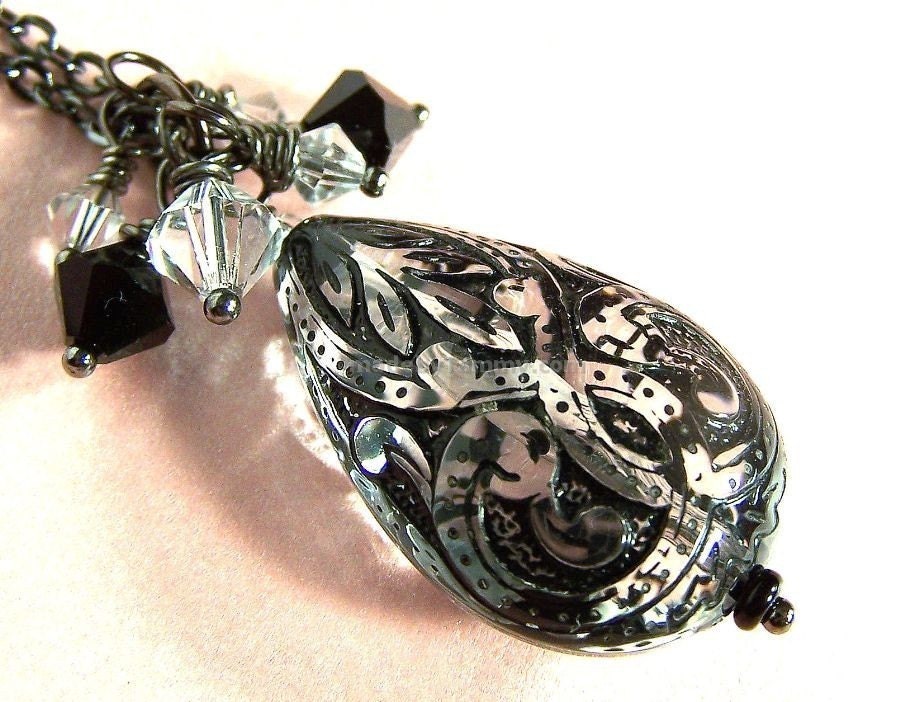
Black taffeta skirt with velvet scallop edge appliqued details, by Murzilka:
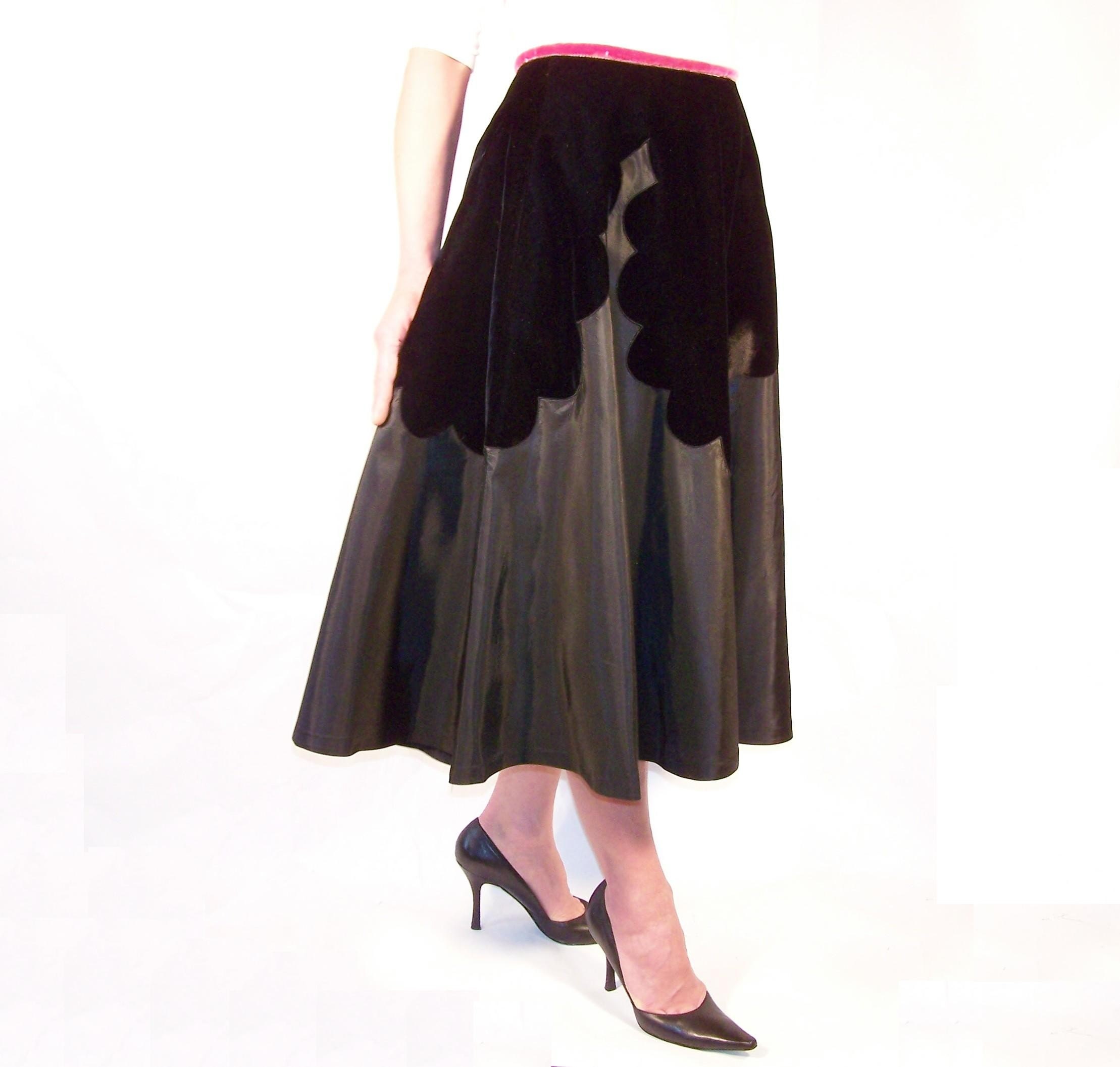
Velvet Heels original art, by Autumn Russell:







14 comments:
Those are fantastic items. And a great post about the differences between mass-produced and handmade. Hopefully more and more people will begin to appreciate handmade again.
I've always had a huge appreciate for handmade goods. It's nice to read something like this-- hopefully people who are wondering why handmade is more expensive will read this and learn to appreciate the time, effort and passion that go into these goods.
I so agree with you! People who purchase straight from an artisan cannot imagine the personal satisfaction that it gives.
I see my customers as patrons.
Excellent posting! Thank you.
I think the misperception tends to come from the idea of "fewer handlers/no middleman" = lower prices. But that, as you explained, is an oversimplification, since it doesn't take into account the material cost or livable wage. :-) Yay for making it clearer. Now lets just hope everyone reads it.
Heathen's Hearth - Good point! I amended the article slightly, to make this a bit clearer (hopefully).
Thanks! What a great article!
Great post, it is true that artisans can't compete price-wise with factories. But what we can do is create unique, one of a kind items that are special for the person who buys them!
Nice explanation! I'd like to add that often handmade items are better made and will last longer then manufactured items, and often will be made with higher quality materials.
Wonderful Post!
Amazing Picks! I'm so honored my Necklace was including in your article with other Fantastic handmade items.
Thank you so much!
Tammy :)
Well-put! So many reasons to love buying hand-made ~ thanks for writing them out so succinctly and well!
well said.
well said indeed.
:)
Excellent post, Victoria! I hope it will answer those who wonder about higher prices on handcrafted items and inspire people to buy local and handmade!
Ellen
♥♥♥ to you! Well said.
This is a great post, Victoria, AND a tribute to you and all of us, your fellow craftspersons and artisans! Thanks for writing it!
Post a Comment